4 key points you need to know when choosing a futsal ball
More and more, soccer and futsal clubs in the USA are starting to play the game of futsal year-round, making the sport more popular and accessible to millions of players around the country. But there is no question that the largest number of players enjoy Futsal from November until March, when leagues kick off.
1
/
of
2
Choosing the right ball: How to decide on the best option?
Whether you are a parent taking your child to practise the sport, a coach concerned about your team’s performance or a player who wants to invest money wisely, we will offer a guide to make the task easier.
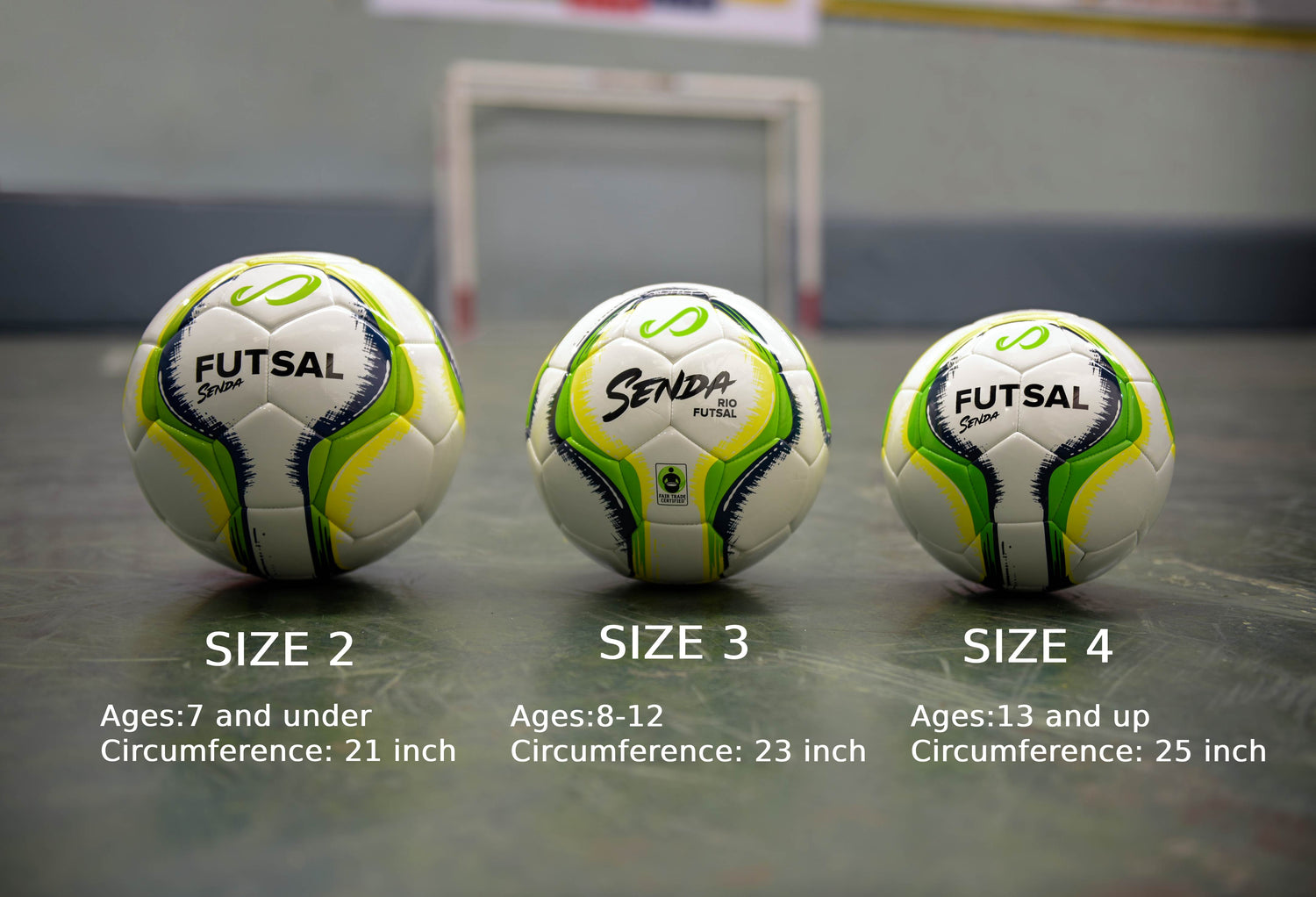
There are some important points to consider:
1- Knowing the types of balls:
There are different types of balls, whether you are playing indoor or outdoor and basically depending on where you are going to play: firm ground (natural grass) artificial turf, street (concrete or blacktop), court (gym) and even a sandy beach. Futsal balls are meant to be used indoors on hard surfaces. Futsal balls are also classified as to whether they can be used for training or for games and there are special models only for professional players. The price will vary accordingly.
2- Knowing what they are made of:
If you are playing indoors, on hard surfaces, you will need a ball made with foam so it weighs more and bounces less. The outer part of the ball deserves attention too. Futsal balls are exposed to constant impact on the hard floor and walls. The more resistant the cover, the better chance balls will have of not becoming waterlogged, torn or peeled.
The covers come in the form of 32 hexagonal, soft to the touch panels that can be hand-sewn, which makes the ball last longer; machine-stitched, thermally bonded or a combination of both options, which is being used by many manufacturers and is proving good results.
3- Knowing the different sizes: they can also come in different sizes.
The lower the size of the player, the smaller the ball should be. It’s important to have the right size ball as you develop to learn proper control and technique and gain confidence. Matching the right ball to the right age group is important.There is mainly .
Size 2: is ideal for ages 7 and under, it is 21 inches and weighs 11 to 12 ounces;
Size 3: is suitable for ages 8 to 12, it is 23 inches and weighs 12/13 ounces;
Size 4: for ages 13 and up, it is 25 inches and weighs 14/16 ounces.
4- Knowing what you are buying:
Quality-price. When buying a ball, It is important to know you are acquiring a product that meets the highest standards of quality and has a certification. All Senda Fustal Balls are Fair Trade certified. The logo printed on the ball means each ball meets the standards required by Transfair USA, that is, better life for workers, fair prices for producers, no child labour and environmental care.Also, Senda offers a 1 year warranty for shape and construction. Senda is committed to producing the best quality balls available, a product made using advanced materials and the highest technology.
1
/
of
2
In summary, when selecting a futsal ball, consider factors like type, material, size, and quality to ensure optimal performance. Investing in a high-quality ball like Senda's Rio Match not only enhances gameplay but also supports fair trade and sustainability. With these considerations, you can confidently choose the right ball for improved skill development and enjoyment of the game.
You may also like
-
Ushuaia Club 2.0 Futsal Shoe
4.5 / 5.0
(10) 10 total reviews
Regular price From $59.99Regular priceUnit price / per$59.99Sale price From $59.99 -
Rio Match Futsal Ball
Regular price $34.99Regular priceUnit price / per$34.99Sale price $34.99 -
Gravity Pro Crew Length
4.5 / 5.0
(10) 10 total reviews
Regular price $24.99Regular priceUnit price / per$24.99Sale price $24.99 -
Ushuaia Pro 2.0 Futsal Shoe
4.75 / 5.0
(4) 4 total reviews
Regular price $119.99Regular priceUnit price / per$119.99Sale price $119.99NEW DROP!
Other Blog Notes
View all-
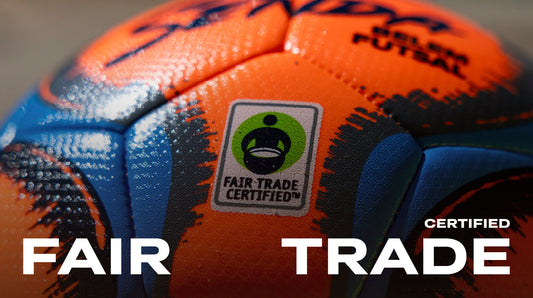
Celebrating Fair Trade Month with Senda
This October, Senda celebrates Fair Trade Month by honoring the people behind every ball. Discover how Fair Trade creates impact on and off the field.
Celebrating Fair Trade Month with Senda
This October, Senda celebrates Fair Trade Month by honoring the people behind every ball. Discover how Fair Trade creates impact on and off the field.
-
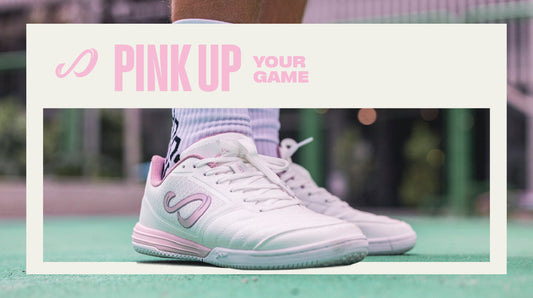
A New Kick: Welcome the Ushuaia Club 2.0 Pink
Bring style and performance to the court with the Ushuaia Club 2.0 Pink. Featuring responsive cushioning, flexible grip, and a bold light pink look, these futsal shoes let you play your best while turning heads. Perfect for club players, amateurs, and anyone who loves to stand out.
A New Kick: Welcome the Ushuaia Club 2.0 Pink
Bring style and performance to the court with the Ushuaia Club 2.0 Pink. Featuring responsive cushioning, flexible grip, and a bold light pink look, these futsal shoes let you play your best while turning heads. Perfect for club players, amateurs, and anyone who loves to stand out.
-
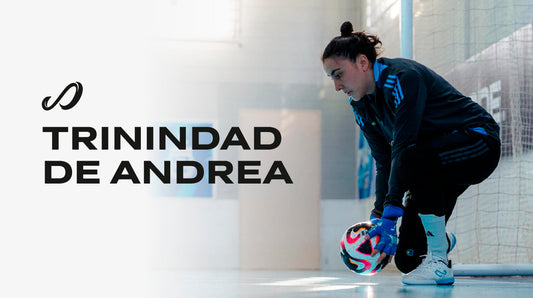
Welcoming Our New Ambassador: Trinidad D’Andrea
We’re proud to welcome Trinidad D’Andrea, goalkeeper of Argentina’s Women’s National Futsal Team, to Team Senda. Learn more about her inspiring journey and the shoes chosen by pro players.
Welcoming Our New Ambassador: Trinidad D’Andrea
We’re proud to welcome Trinidad D’Andrea, goalkeeper of Argentina’s Women’s National Futsal Team, to Team Senda. Learn more about her inspiring journey and the shoes chosen by pro players.
1
/
of
3

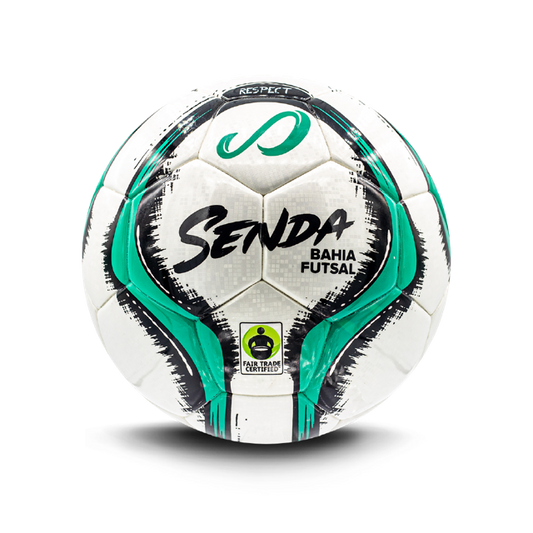
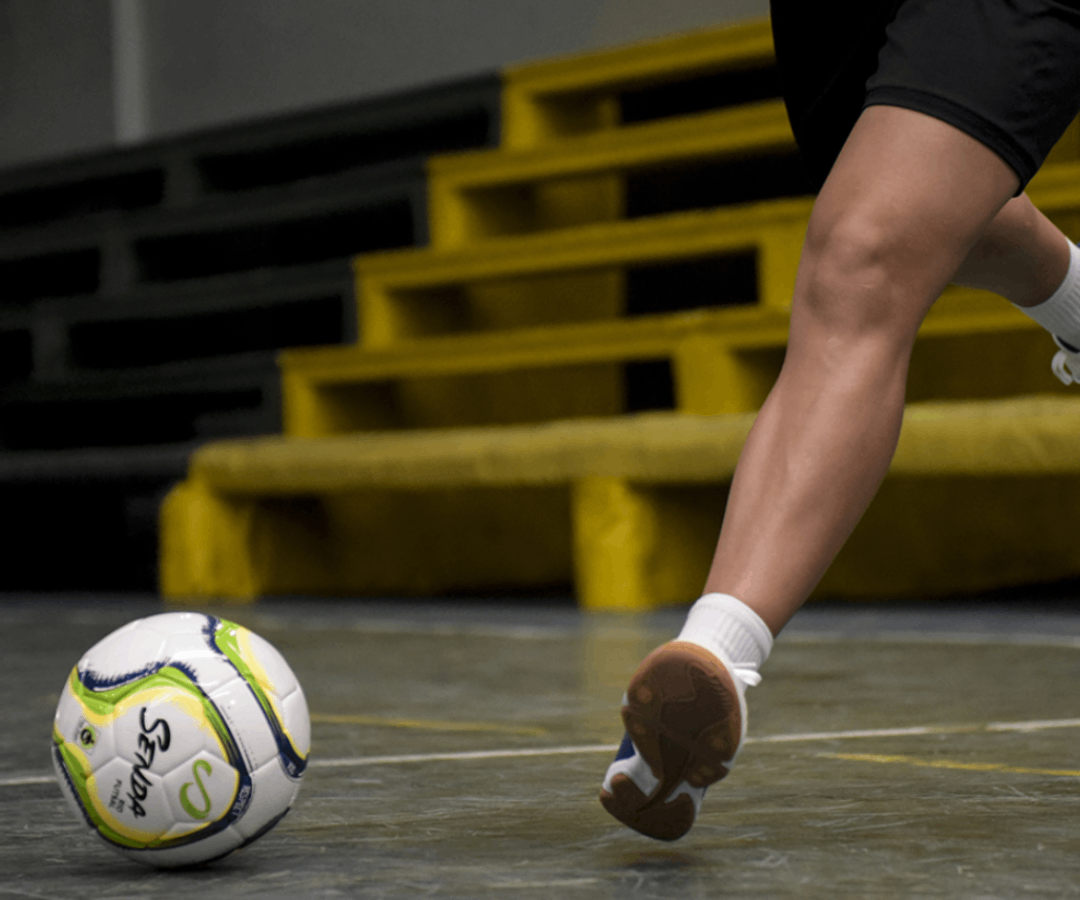
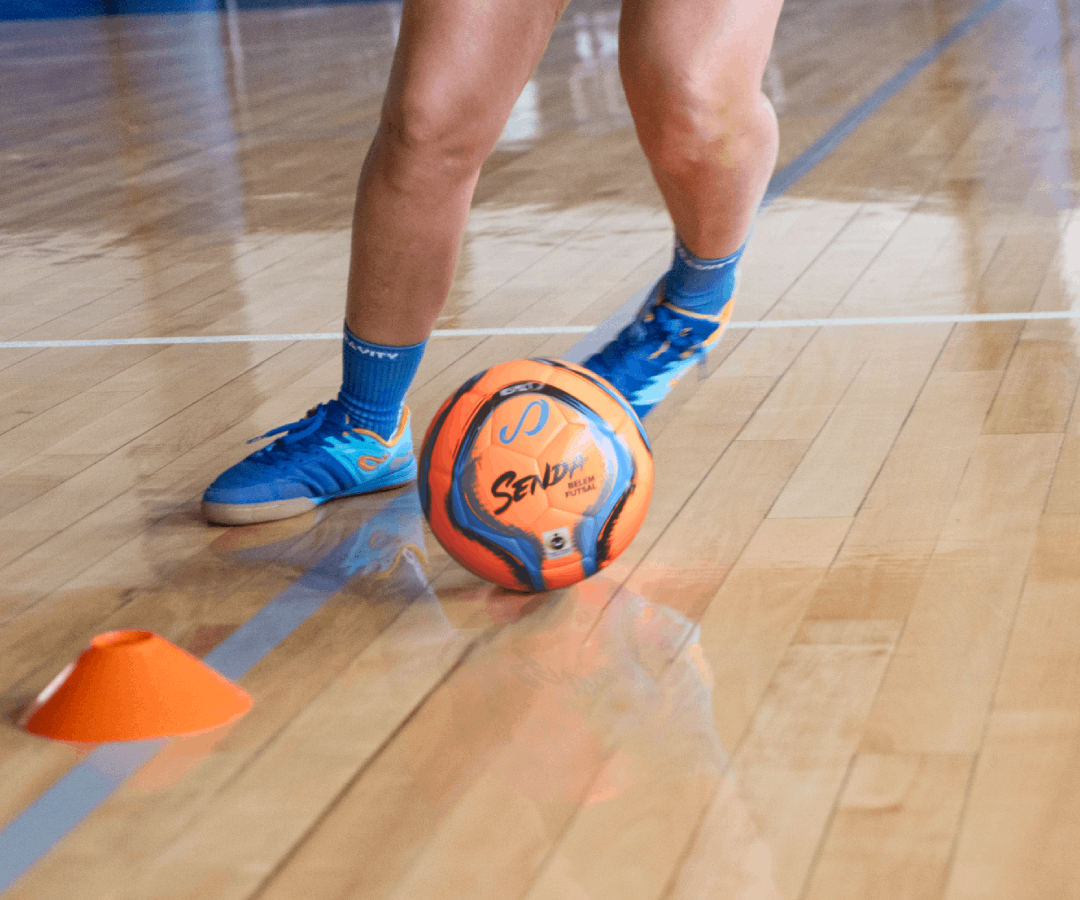
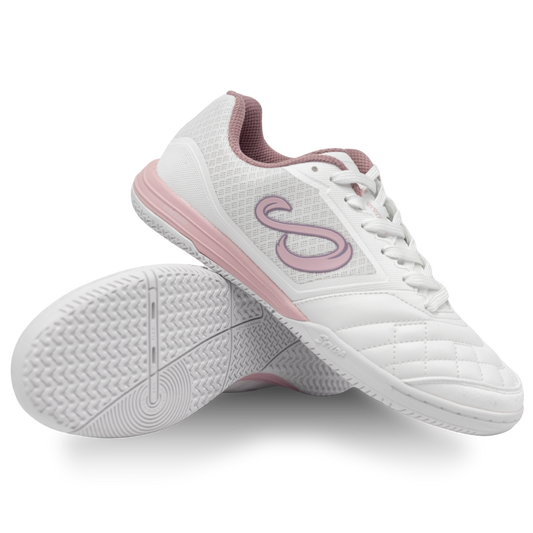
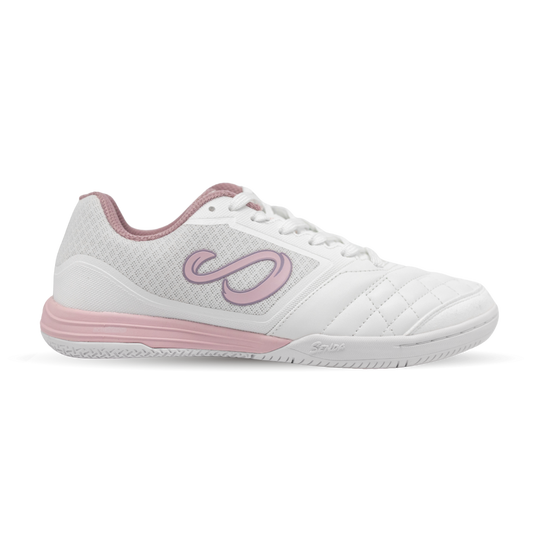
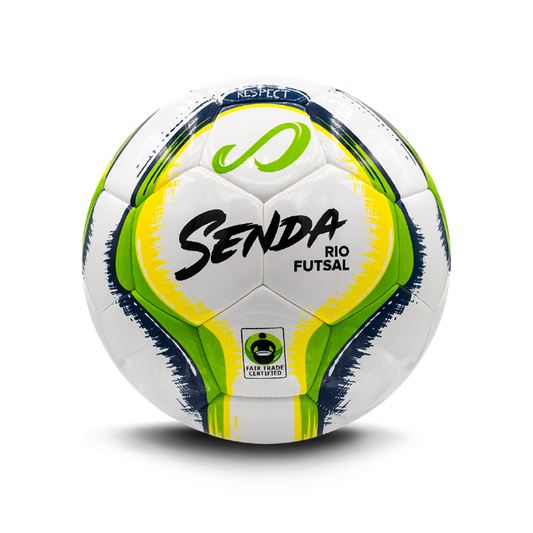
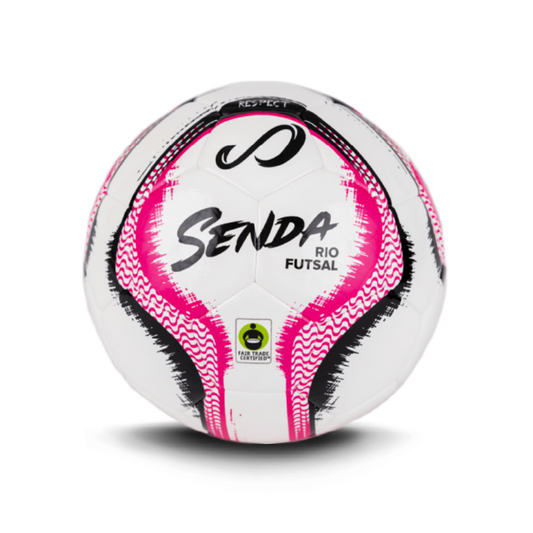
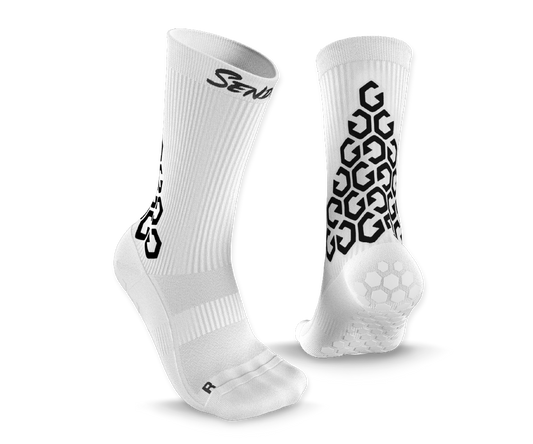
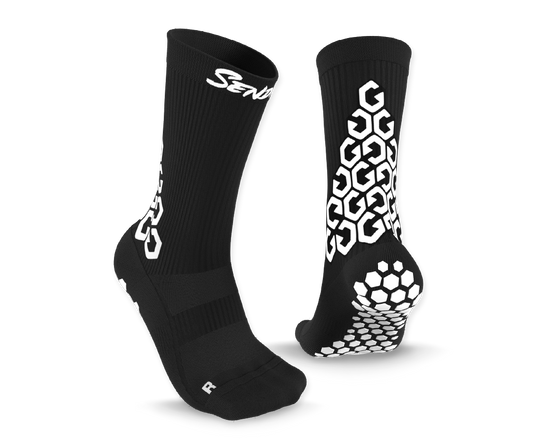
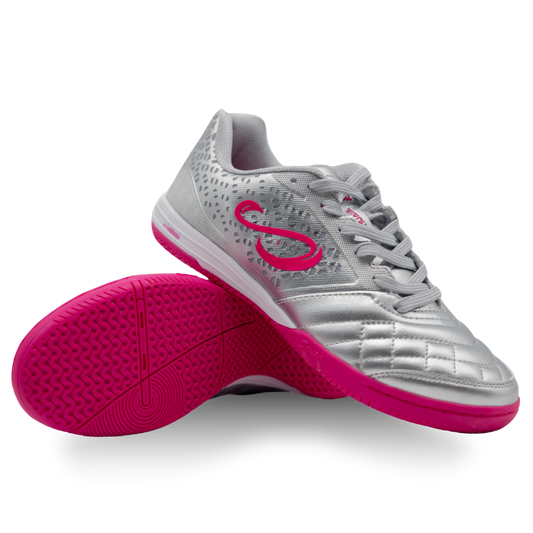
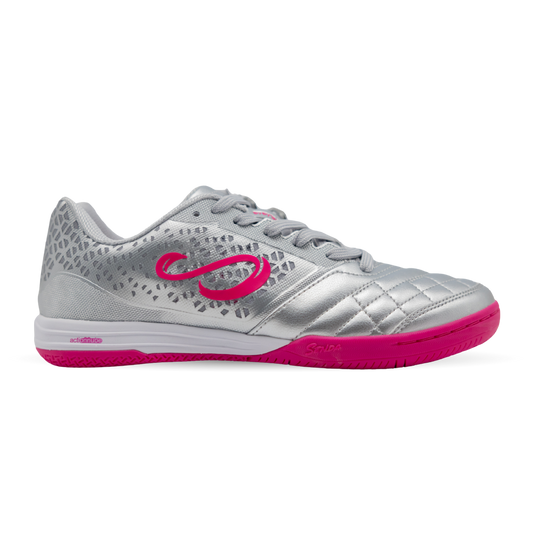



1 comment
I want to thank everyone for teamwork and coaching team for participating in the senda dodge game into defensive goalie and taken out with the senda soccer team!!!